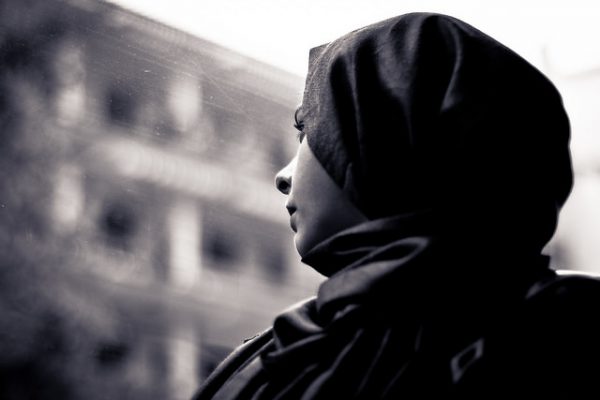
We often think that religion is a deeply personal commitment tied to parents and family; research has shown that women tend to be more religious than men, and that starting a family often marks a return to religion as people settle down. But religion is also tied to society in general, and it is easy to forget that many of the religious choices we make are for the sake of belonging to a community of other people. Public religious signals like the way we dress and self-identify are just as much about others’ expectations as our own private beliefs.
For example, the practice of wearing a veil in Islam is part of a personal faith commitment for Muslim women. But new research from Ozan Aksoy shows that this might have more to do with the social expectations that come from having a family than big changes in religious beliefs. Using data from a 2013 Demographic and Health Survey in Turkey and the Pew Research Center’s 2013 World Muslim Survey, Aksoy looked at whether Muslim women with children were more likely to report wearing veils. This analysis matched married women with one child to married women with no children who shared similar demographic characteristics such as age, education, beliefs about family values, and region of residence. This technique, called propensity score matching, allows researchers to focus on the effect of one key difference (having a child or not) on whether women were more likely to wear a veil.
Two key points emerge. First, having a child significantly increased the probability of wearing the veil, and the effect got stronger with each additional child. Women who had sons first were also more likely to veil than those who had daughters. Second, having one child versus no children did not relate to other measures of religiosity and traditional family values such as attitudes about women’s roles in the home, prayer, and fasting. In other words, women who had children weren’t necessarily more religious, they were only more likely to signal their religiosity to others in public.
This finding fits with other recent research that shows how religious identities in public life work differently from private beliefs and practices. Learning how these differences work around the world can help us better understand what different faith communities share in common in society.

Comments